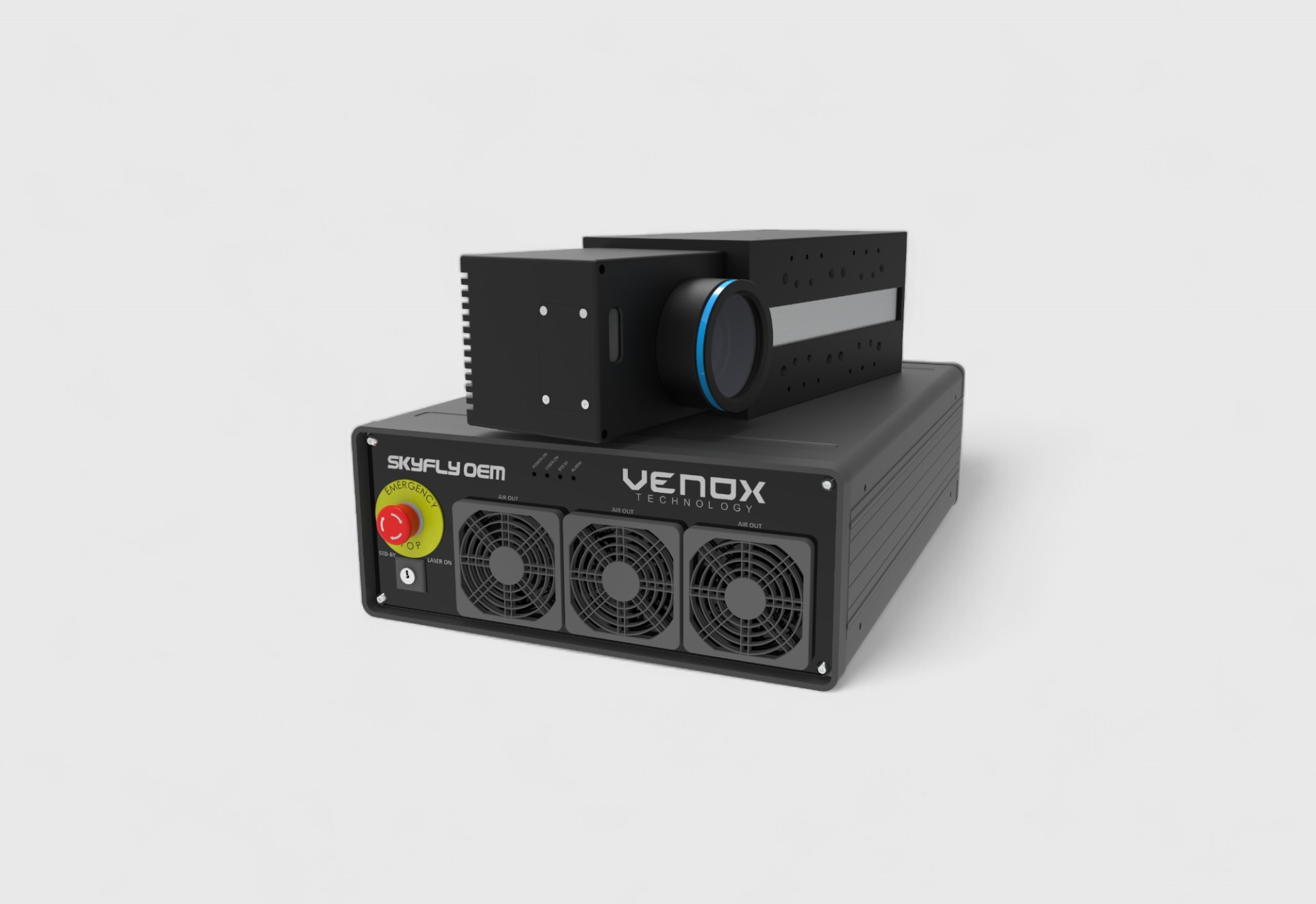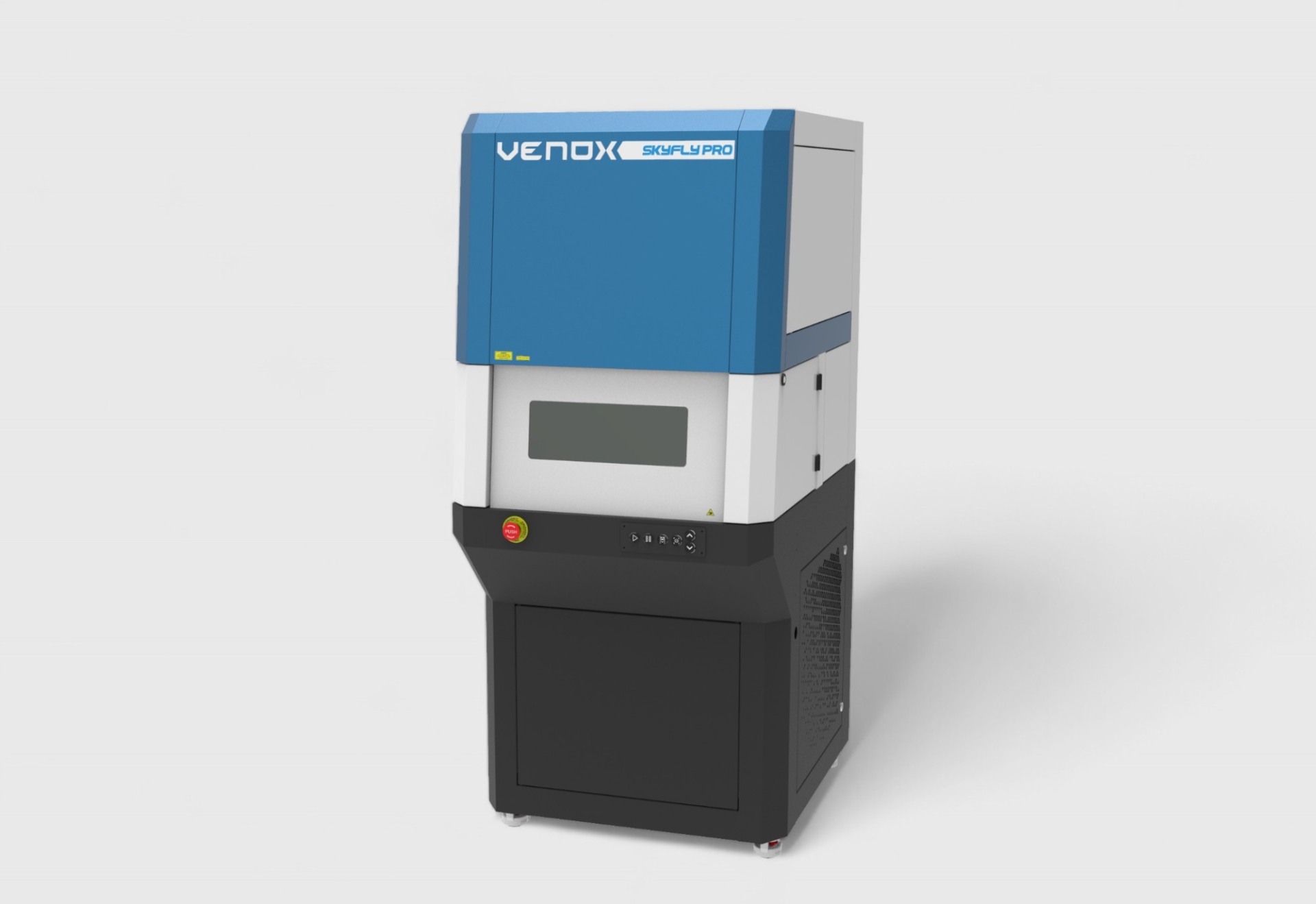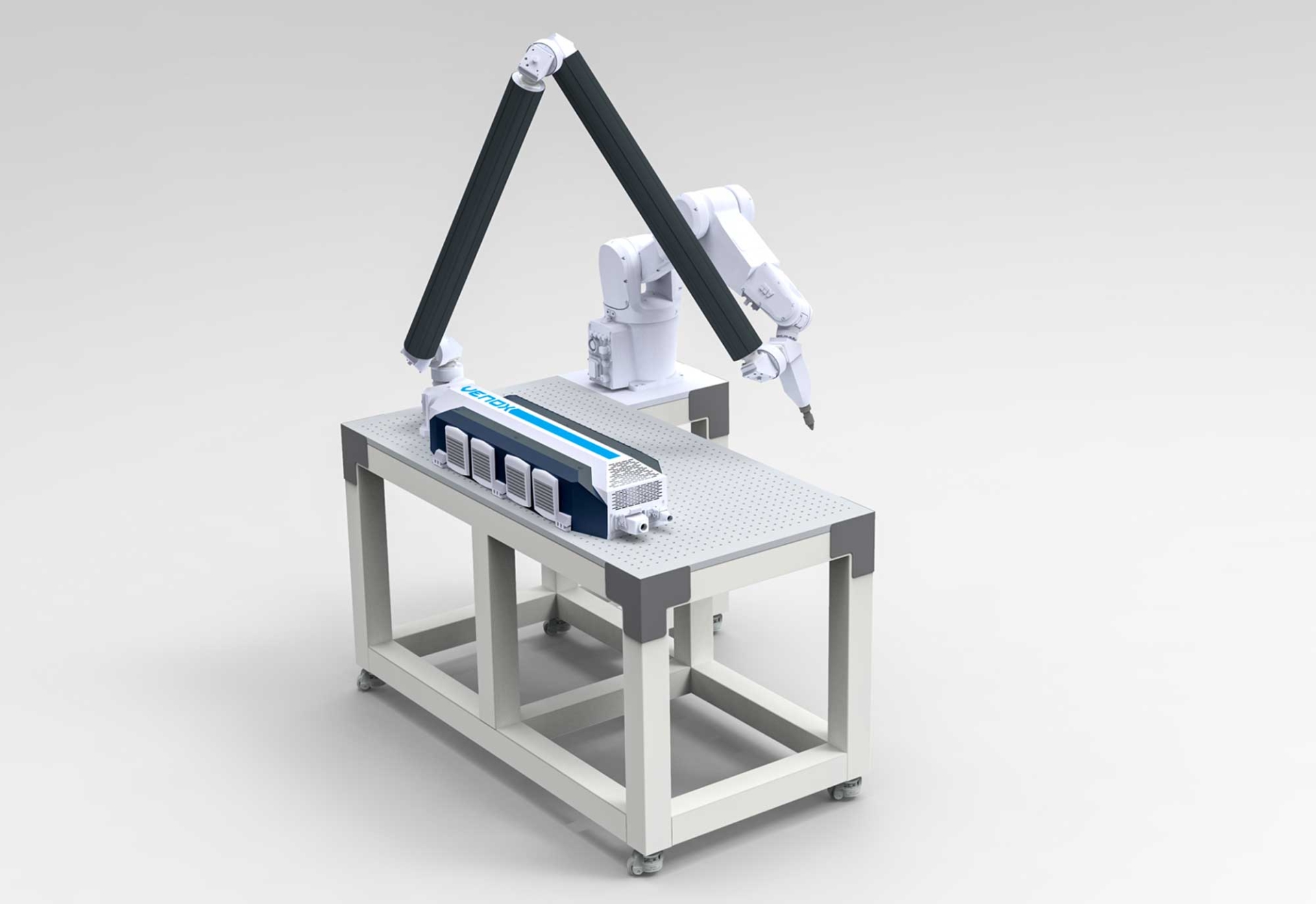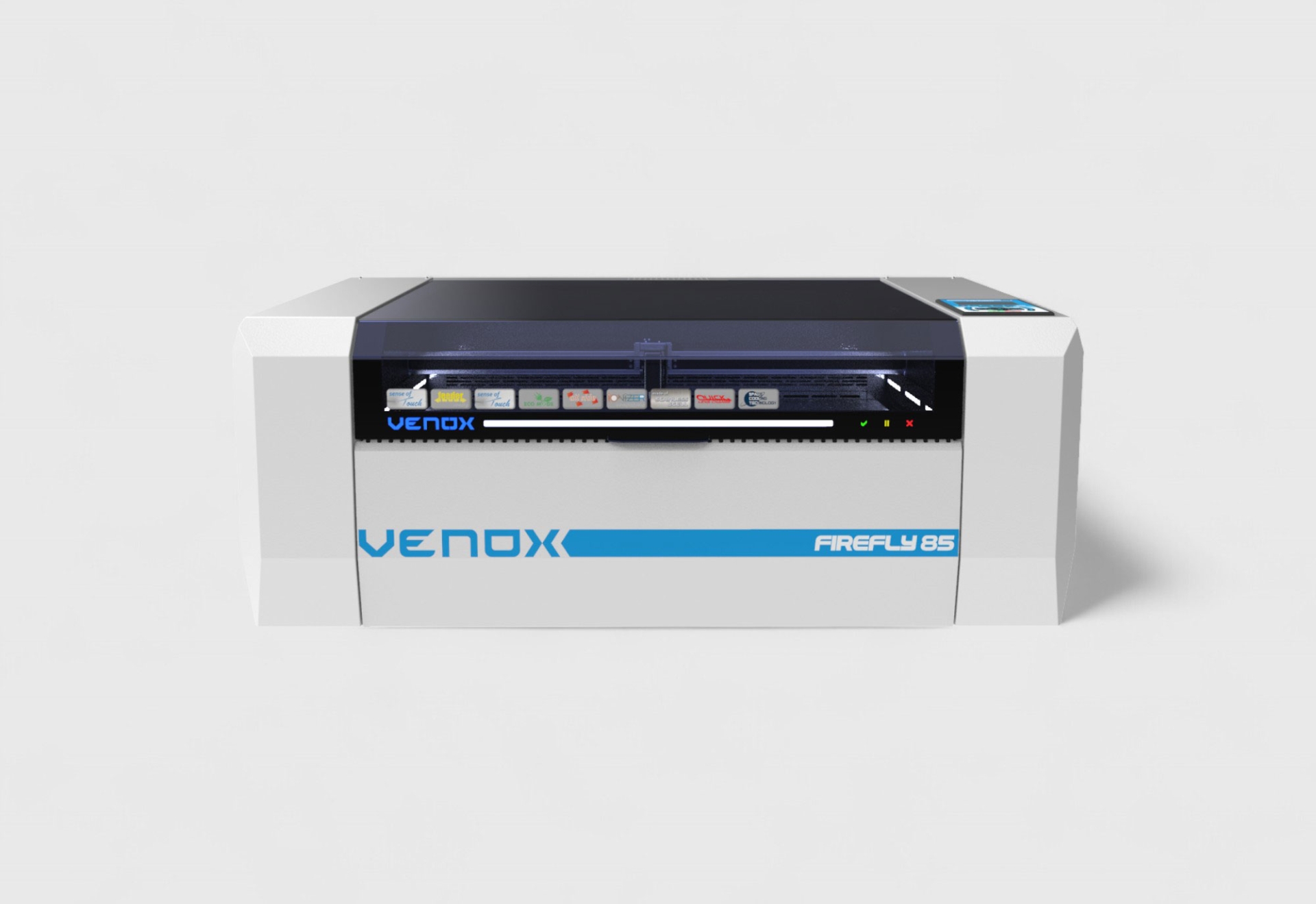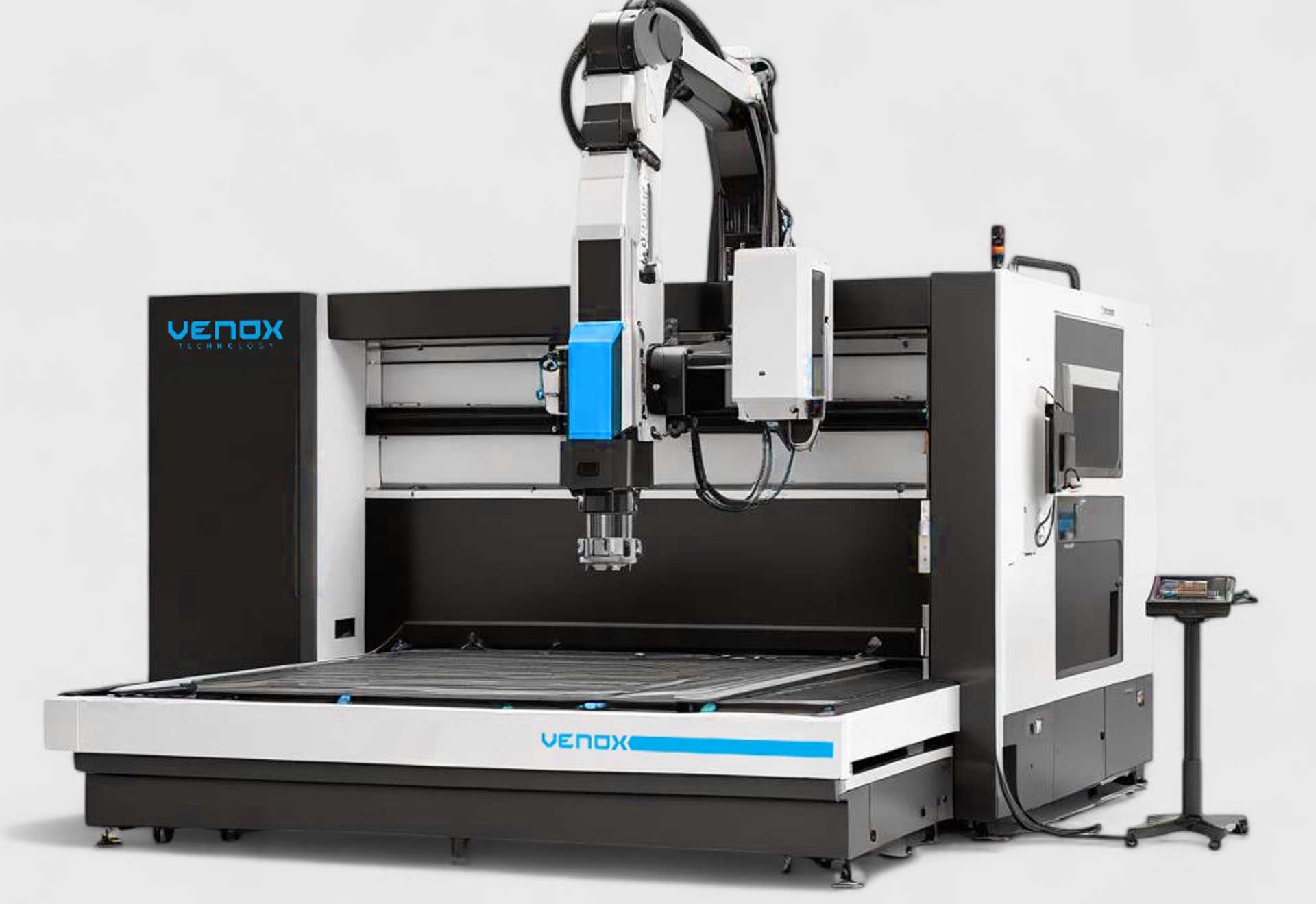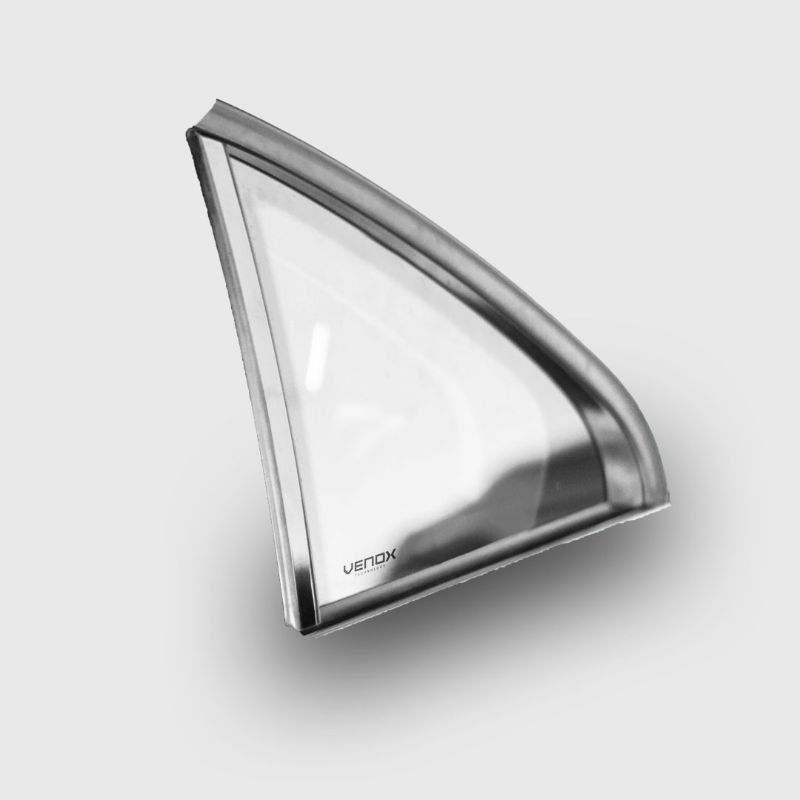The price of glass laser cutting is determined by a combination of factors such as the glass type/thickness, design complexity, part size–m²–quantity, edge finishing, and delivery time. At the first stage of the project, making the cut–engrave separations in your drawing file (DXF/SVG/AI) clear and stating tolerances explicitly makes a big difference in both cost and lead time. To see an overview of the role of lasers in glass applications and available process options, you can check the Glass sector page.
Key Factors That Determine Price
Glass type and thickness (float, laminated, mirror, low-iron, etc.)
As thickness increases, cutting speed decreases while the risk of breakage and the need for edge refinement rise; this increases total time and cost. In special types such as mirror and low-iron glass, surface properties, light interaction, and thermal behavior differ; process parameters (focus, speed, power) are optimized accordingly.
Design complexity (feature density, number of holes/slots, inner corner radius)
As the number of holes and total path length increase, cutting time gets longer. Choosing a very small radius for inner corners can increase stress concentration and the risk of microcracks. In projects that include engraving (marking), a second time multiplier comes into play—these should be considered separately in pricing.
Part size, m² and quantity (economies of scale)
Larger sizes affect the working area and fixturing methods. In multi-part orders, nesting can reduce scrap and lower the unit cost. As quantity increases, setup times are amortized per part, creating economies of scale.
Edge quality and post-processes such as chamfering/polishing
Edge polishing, chamfering, and surface cleaning are additional operations. Clarifying expectations for edge quality (e.g., a chipping criterion) before the quote is critical for accurate budgeting.
Delivery time, sample–series production plan
Expedite requests impact shift planning and machine scheduling. Moving to series production after sample approval is ideal for catching issues early and controlling total cost.
Quick Cost Framework (Simple Formula)
Simple approach
Total Cost ≈ (Cutting Time × Hourly Operation) + (Engraving Time × Hourly) + (Material Share) + (Edge Processing) + (Quality Control & Packaging) + (Expedite Multiplier)
This formula is adapted to the nature of the job. To reduce parameters, consider simplifying the drawing, using appropriate inner radii, and choosing reasonable hole counts.
Technical inputs that affect cutting time
- Total path length (perimeter), number of holes, and minimum inner radii
- Tracking accuracy and speed/power optimization
- Material thickness and type
- Machine efficiency (optical path, cooling, fume extraction, fixturing)
To see the impact of the right machine configuration on cost, visit the Laser Cutting Systems page.
File preparation checklist (before requesting a quote)
- Format: DXF, SVG, or AI (vector)
- Unit: mm (state clearly)
- Layers: Mark cutting and engraving with separate layers/colors
- Tolerances: Inner corner radius, minimum hole diameter, edge–hole distance
- Notes: Glass type/thickness, quantity, edge finishing, target delivery date
Example Cost Scenarios (For Guidance)
The scenarios below are indicative; actual prices vary by project details, production plan, and machine configuration.
Scenario A – Thin decorative glass (3–4 mm), simple shape, single piece
- With few holes and generous inner radii, cutting is brief.
- If edge polishing is required, it is added as an extra operation.
- Fast lead time is possible; sample requirement is low.
Scenario B – Medium thickness (6–8 mm), medium complexity, 20 pieces
- Nesting can reduce scrap; unit cost drops.
- As hole/slot count increases, time does not grow strictly linearly; the number of corners/starts also matters.
- If engraving is included, it is added separately to the total time.
Scenario C – Thick architectural panel (10–12 mm), multiple holes and chamfering
- Speed decreases; more fixturing/cooling measures are required.
- Edge processing and quality control may take longer.
- Sample cutting is recommended.
Scenario D – Engraving + cutting combination (logo/image)
- Assume time—and thus cost—increases as the engraved area grows.
- For optimal results, engraving depth/resolution and scan step parameters must be adjusted carefully.
A Brief Note on Tempered Glass
The tempering process creates residual stress within the glass. Laser cutting after tempering is generally not recommended due to the high risk of cracking and shattering. Cutting/hole/engraving operations should be planned before tempering. For the process sequence your project requires and proper machine selection, review the solutions on the Laser Cutting and Marking Machines page. Alternatively, for some thick and critical parts, waterjet or CNC diamond methods may be considered.
Checklist Before Requesting a Quote
- File: DXF/SVG/AI, vector; clear cut–engrave separation by layer/color
- Technical note: Glass type/thickness, quantity, target edge quality (polished, chamfered, etc.)
- Tolerances: Minimum hole diameter, inner corner radius, minimum distance to edge
- Logistics: Target delivery date, packaging expectation
- Communication: Sample need and series production schedule
Frequently Asked Questions (FAQ)
What should the minimum inner corner radius be in glass laser cutting?
Technical limits vary with glass thickness and geometry; small radii can increase time and the risk of breakage. Specify the inner radius and tolerance clearly in the file.
How is the minimum distance to the edge/other holes determined for a given hole diameter?
The distance is determined by thickness and the intended application. Avoid holes too close to the edge; share tolerance and surface quality expectations in advance.
How does engraving density affect price?
As engraving area and depth increase, processing time gets longer. Cutting and engraving times are calculated separately.
What should be considered for thick glass (≥10–12 mm)?
Cutting speeds decrease; edge finishing and quality control times increase. Sample cutting is recommended.
Can tempered glass be laser cut?
It is generally not recommended; cutting/hole/engraving operations should be planned before tempering. Post-temper laser cutting carries a risk of cracking.
Table 1 — Factors Affecting Price (summary)
| Factor | Mechanism of Effect | Impact on Cost |
|---|---|---|
| Glass type/thickness | Speed, thermal behavior, breakage risk | Time increases with thickness and special types |
| Design complexity | Path length, hole count, small radii | Increased time and risk |
| m² and quantity | Nesting, amortization of setup time | Unit cost may drop as quantity increases |
| Edge finishing | Polishing, chamfering, cleaning | Additional operation time |
| Delivery time | Expediting/scheduling | Expedite multiplier |
| Engraving | Area/depth, scan step | Separate time multiplier |
Table 2 — Scenarios (for guidance)
| Scenario | Thickness | Complexity | Quantity | Estimated Difficulty | Note |
|---|---|---|---|---|---|
| A | 3–4 mm | Simple | 1 | Low | Fast lead time possible |
| B | 6–8 mm | Medium | 20 | Medium | Scrap reduced with nesting |
| C | 10–12 mm | High | 5 | High | Sample recommended |
| D (cutting+engraving) | 4–8 mm | Medium | 10 | Medium/High | Engraved area dictates time |
